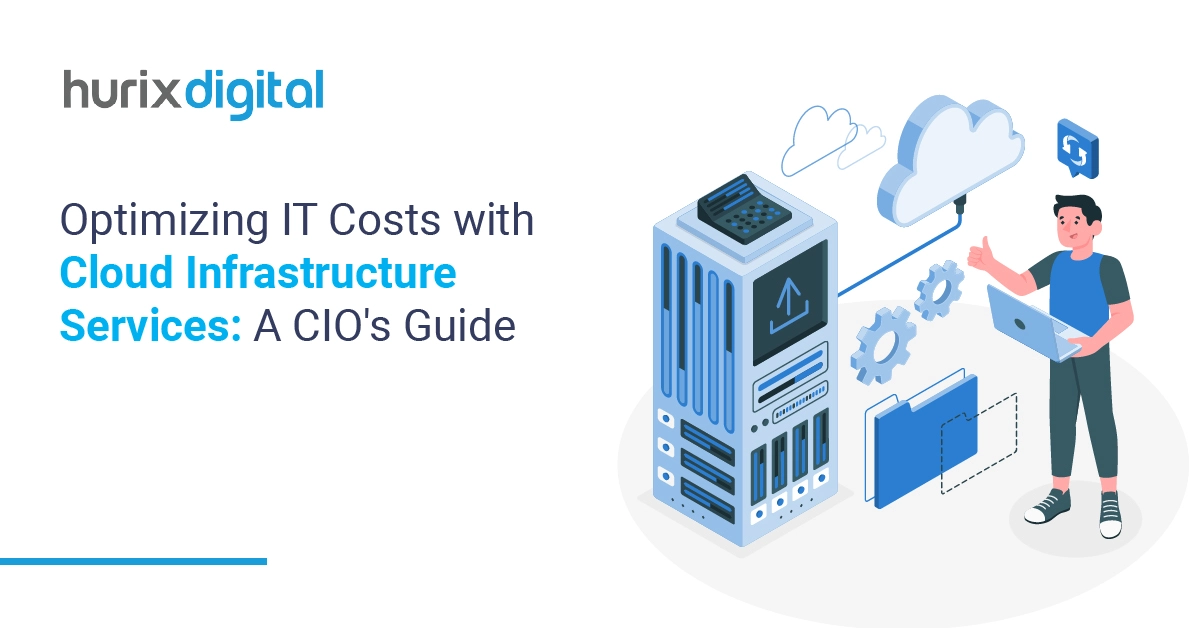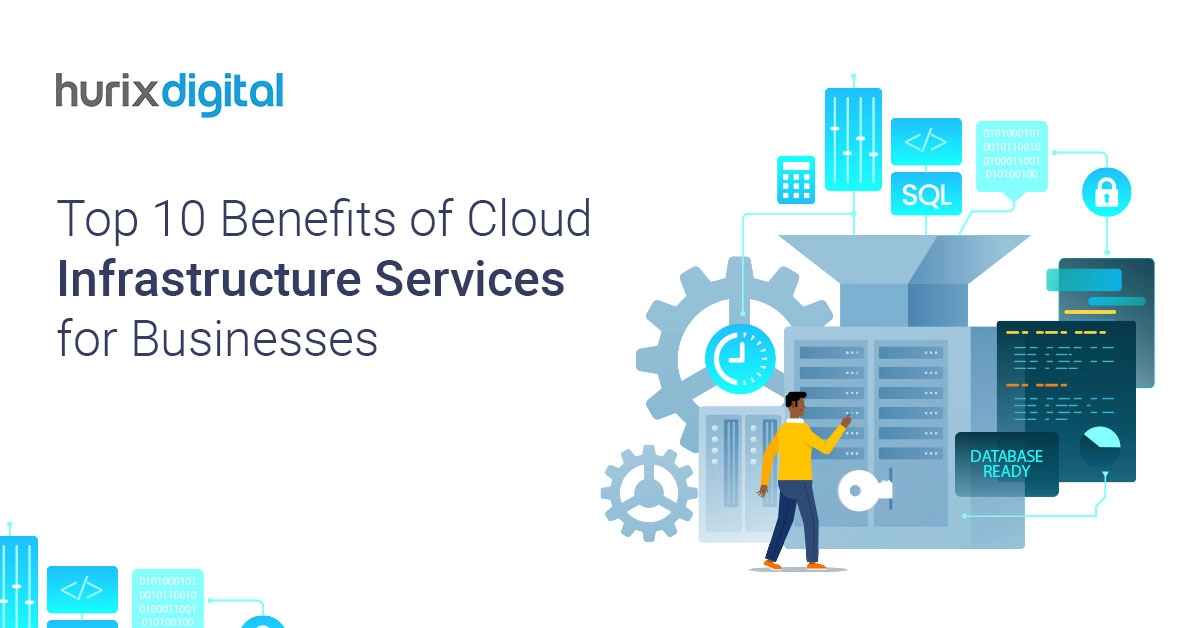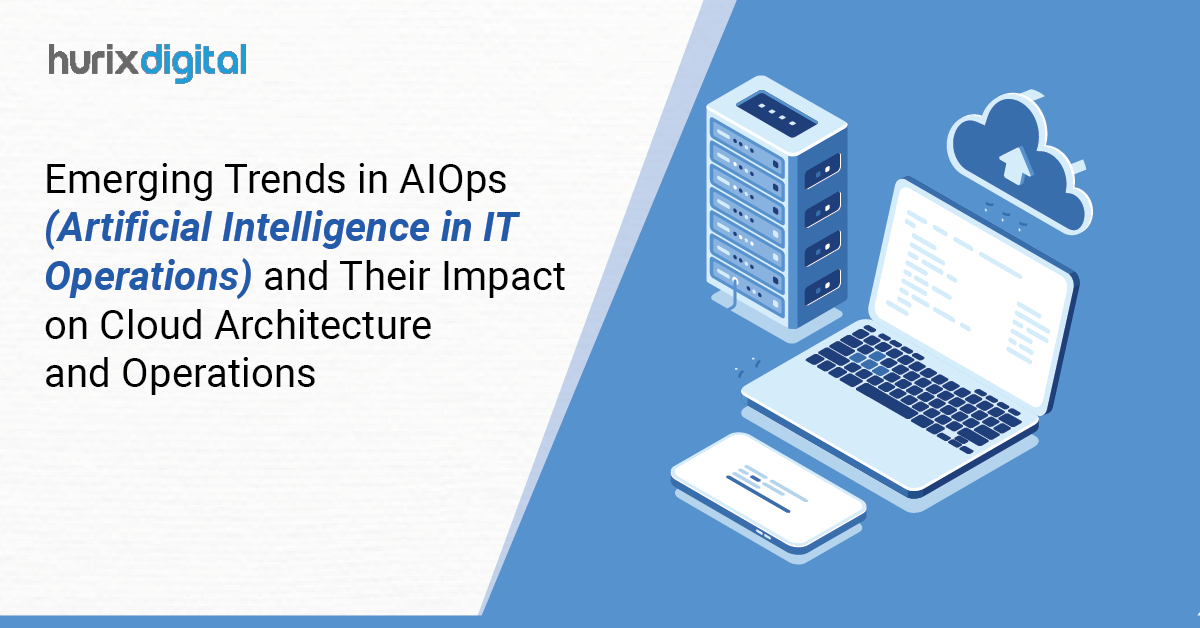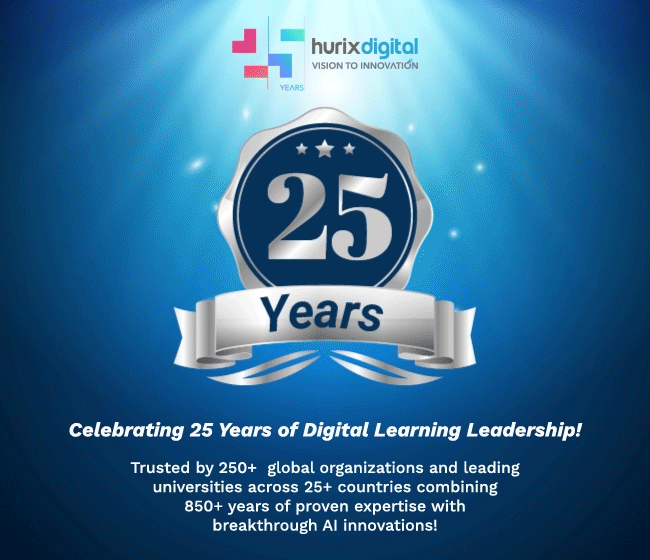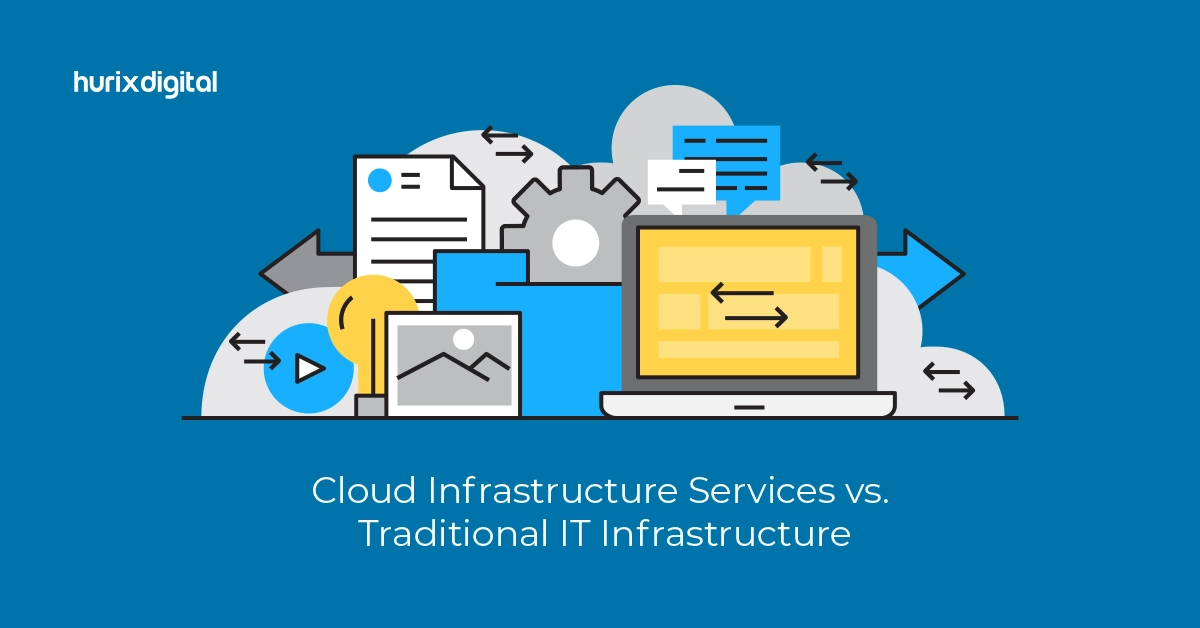
Cloud Infrastructure Services vs. Traditional IT Infrastructure
Summarize with:
Businesses are always looking for ways to improve efficiency, scalability, and cost-effectiveness in information technology. Cloud infrastructure services and conventional IT infrastructure are the two basic approaches.
According to a report, 39% of companies are planning to implement a hybrid or multi-cloud strategy. Companies choosing among these options should be informed of their options, as each has unique advantages and disadvantages.
In this article, we shall discuss both tactics in detail and contrast their benefits, drawbacks, and characteristics.
Table of Contents:
- Traditional IT Infrastructure
- Cloud Infrastructure Services
- Comparing Cloud Infrastructure Services and Traditional IT Infrastructure
- Hybrid Cloud Infrastructure Management
- Cloud Service Models
- Conclusion
Traditional IT Infrastructure
Traditional IT infrastructure is the term for the facilities and physical resources utilized to operate the IT environment of a company on-premises. This covers data centers, networking equipment, servers, and storage devices. Companies need to spend a lot of money establishing and maintaining these resources to make sure they can handle their operational demands.
1. Characteristics of Traditional IT Infrastructure
- Heavy CapEx (Capital Expenditure): Establishing a conventional IT infrastructure requires a large initial investment in hardware, software, and facilities.
- Control and Security: For sectors with strict compliance and security standards, organizations’ total control over their hardware and data might be quite important.
- Maintenance: Regular hardware and software management, upgrades, and maintenance are all necessary and frequently call for specialized IT staff.
- Scalability: Upgrading requires the time and money-consuming purchase of more hardware. Inefficient scaling down, on the other hand, can result in underutilized resources.
Also Read: Why are Cloud Application Services More Secure than On-Premise Solutions?
Cloud Infrastructure Services
Organizations use cloud providers’ online infrastructure instead of buying and maintaining physical hardware. This method offers three deployment options: Platform as a Service (PaaS), Software as a Service (SaaS), and Infrastructure as a Service (IaaS).
1. Characteristics of Cloud Infrastructure Services
- Operational Expense (OpEx) Model: Pay-as-you-go pricing structures for cloud application services usually cut down on large initial investments.
- Flexibility and Scalability: Without requiring actual hardware modifications, resources can be dynamically scaled up or down according to demand.
- Accessibility: Working remotely and collaborating internationally are made possible through the ability to access cloud resources from any location with an internet connection.
- Maintenance: The cloud provider handles hardware updates and maintenance, freeing businesses to concentrate on their main business operations.
Comparing Cloud Infrastructure Services and Traditional IT Infrastructure
Consider the following aspects when deciding on your type of IT infrastructure:
1. Cost Considerations
Hardware and software purchases for traditional infrastructure are expensive at first, and then there are continuing expenses for energy use, upgrades, and maintenance.
By contrast, cloud services convert CapEx to OpEx by operating on a subscription or pay-as-you-go basis. This change can offer more predictable continuing costs and greatly lower initial costs.
2. Scalability
Businesses expanding or experiencing demand swings throughout the year need to be scalable. The unmatched scalability of cloud IT infrastructure enables businesses to adjust their resources in real time.
eCommerce companies can, for example, scale down their infrastructure during slow shopping seasons and increase it during busy ones. However, expanding a conventional IT infrastructure requires hardware purchases and installations.
3. Flexibility and Accessibility
Particularly for today’s more dispersed and international workforce, cloud infrastructure services’ accessibility and flexibility are significant benefits. Collaboration and productivity are facilitated by employees’ access to cloud resources from anywhere.
Because cloud infrastructure platforms are made to handle different workloads and applications, they are incredibly flexible. By comparison, traditional infrastructure is constrained by its physical location and needs staff members to be present on-site or use intricate VPN configurations to access services remotely.
4. Security and Compliance
Every business is very concerned about security, and both approaches offer advantages and disadvantages.
Traditional IT infrastructure provides complete control over actual hardware and data, which might be essential for companies with strict compliance and security standards. However, it also means that the company has complete responsibility for implementing and upholding cloud security protocols.
Management of the cloud and infrastructure is a joint responsibility of the client and the cloud provider. Many times, cloud providers make larger investments in security and compliance certifications than most businesses can on their own. Nevertheless, customers must still guarantee the correct setup and management of their cloud resources to preserve compliance and security.
5. Maintenance and Management
Resource-intensive, traditional IT infrastructure maintenance and management require specialized IT staff to handle hardware, software, and network problems. This can take attention away from main corporate operations and involves routine patches, upgrades, and troubleshooting.
By comparison, cloud infrastructure services lessen much of this load. The cloud provider, who also maintains the underlying hardware, keeps the infrastructure current with the newest security updates and performance enhancements. Organizations can better distribute their IT resources by concentrating on strategic projects and innovation rather than mundane maintenance.
Hybrid Cloud Infrastructure Management
Several companies are using a hybrid cloud strategy, which combines parts of traditional IT infrastructure and cloud infrastructure services. This method offers control, scalability, and flexibility—the best of both worlds.
1. Advantages of Hybrid Cloud
- Flexibility: Organizations may select the best environment for their jobs, whether in the cloud for scalability or on-premises for sensitive data.
- Cost Efficiency: By employing hybrid cloud infrastructure management, companies can use cloud resources for unpredictable or peak demand and on-premises resources for steady workloads.
- Disaster Recovery: Business continuity is ensured in the event of hardware malfunctions or other interruptions by the strong disaster recovery and backup options offered by hybrid cloud configurations.
- Legacy Systems Integration: Companies using legacy systems can smoothly combine new and old infrastructure as they move to the cloud.
2. Challenges of Hybrid Cloud
- Complexity: Handling a hybrid environment can be difficult and requires knowledge of both on-premises and cloud technology.
- Security and Compliance: Strong policies and monitoring are often necessary to provide uniform security and compliance in both settings.
- Interoperability: It takes careful planning and integration to ensure smooth interoperability between cloud and on-premises systems.
Cloud Service Models
Three primary service models are usually used to group cloud infrastructure services: Software as a Service (SaaS), Platform as a Service (PaaS), and Infrastructure as a Service (IaaS). Every model provides unique degrees of management, flexibility, and control.
1. Infrastructure as a Service (IaaS)
IaaS provides online virtualized computing resources. Offering the greatest degree of infrastructure management, it enables businesses to govern storage, applications, and operating systems. Businesses looking for scalable, flexible, and reasonably priced IT resources without having to maintain actual equipment will find IaaS to be ideal.
2. Platform as a Service (PaaS)
PaaS relieves developers of the need to worry about the underlying infrastructure while deploying and managing applications. Code writing and application delivery can be the developers’ areas of greater concentration.
3. Software as a Service (SaaS)
SaaS is a subscription-based online software application delivery service. The service provider’s hosting and administration enable web browser access to SaaS apps. Businesses wishing to employ software free from the hassles of installation, upkeep, and upgrades may find this model to be more practical.
Check out EXCLUSIVE: Hurix Digital Modernizes IT Systems for a Food Manufacturing Giant
Conclusion
A company’s particular needs, goals, and resources will dictate whether to use traditional IT infrastructure or cloud infrastructure services. Many businesses feel that cloud IT infrastructure is a tempting option since it is so scalable, flexible, and reasonably priced. Conversely, traditional IT infrastructure offers control and security—which some industries and applications need.
Ensuring inclusive digital experiences is a collective responsibility, and at Hurix Digital, we prioritize creating accessible online platforms. Our experts specialize in integrating cloud-managed services to enhance web accessibility and ensure an exceptional user experience.
Contact us today to see how the cloud can benefit your business operations.
Summarize with:

Vice President and Strategic Business Unit Head – Cloud Services
A top technology management voice on LinkedIn with 20 Years of experience in Information Technology, Cloud Services, Digital Transformation, Application Modernization, Managed Services, IT Security Engineering and Operations Management. An avid technology Leader, Leadership Speaker, Author & Coach.
 We’re live! Explore the all-new
We’re live! Explore the all-new 
